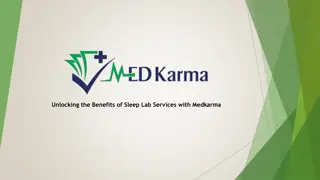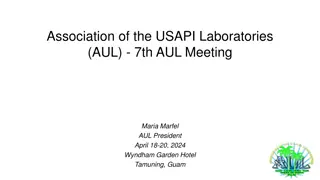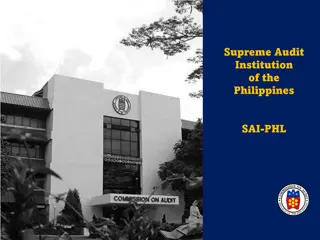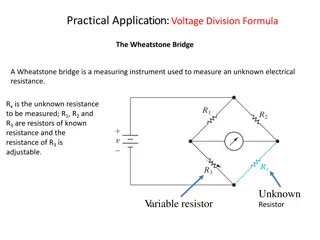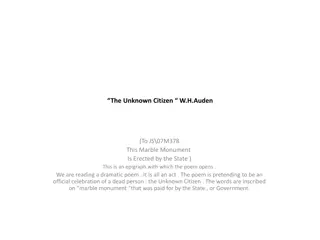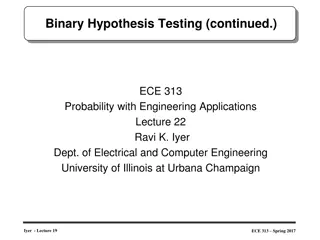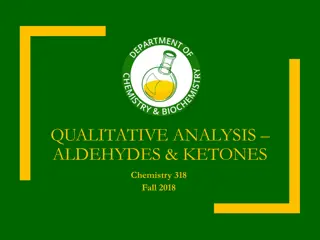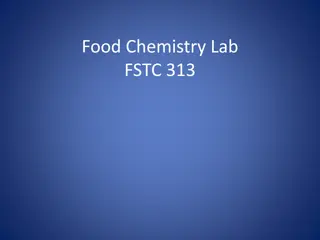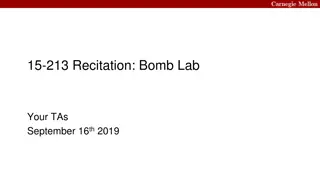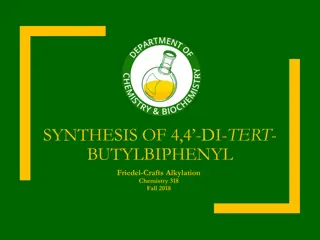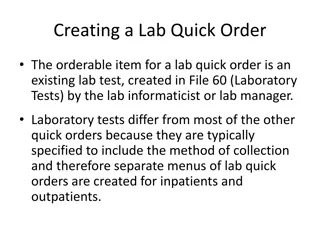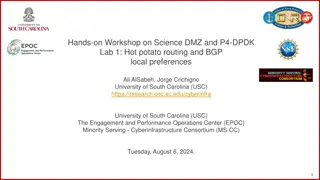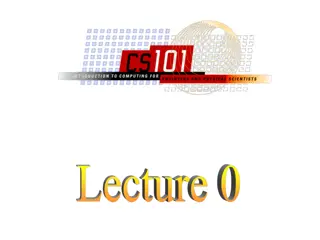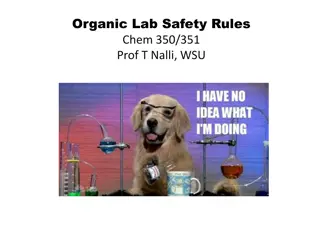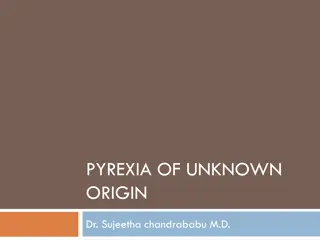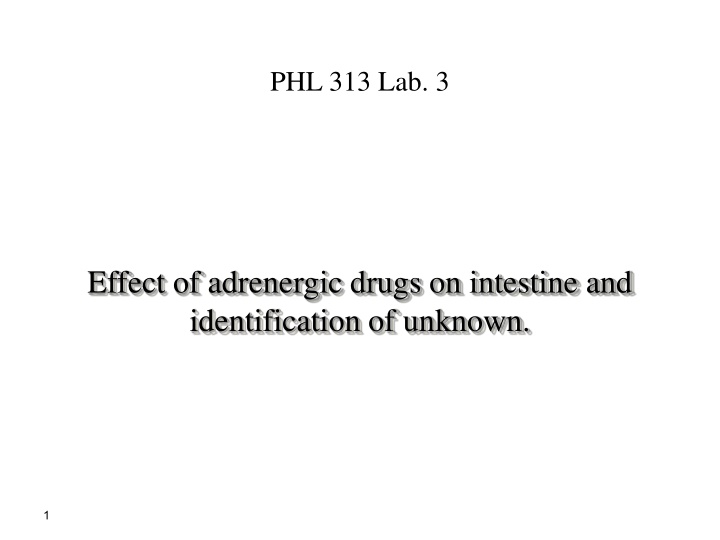
Adrenergic Drugs and Catecholamines in Physiology
Explore the effects of adrenergic drugs on the intestine and the identification of unknown substances. Learn about adrenergic receptors, catecholamines, their production, degradation, and synthesis. Understand how catecholamines impact the body and their relationship to stress. Discover the inhibitory effects on catecholamine synthesis and degradation mechanisms.
Uploaded on | 3 Views
Download Presentation

Please find below an Image/Link to download the presentation.
The content on the website is provided AS IS for your information and personal use only. It may not be sold, licensed, or shared on other websites without obtaining consent from the author. If you encounter any issues during the download, it is possible that the publisher has removed the file from their server.
You are allowed to download the files provided on this website for personal or commercial use, subject to the condition that they are used lawfully. All files are the property of their respective owners.
The content on the website is provided AS IS for your information and personal use only. It may not be sold, licensed, or shared on other websites without obtaining consent from the author.
E N D
Presentation Transcript
PHL 313 Lab. 3 Effect of adrenergic drugs on intestine and identification of unknown. 1
Adrenergic Receptors 1 receptor 2 receptor vasoconstriction inhibit release of (nor-epinephrine) blood pressure negative feed- back 3
Adrenergic Receptors 1 receptor 2 receptor heart rate vasodilatation bronchodilatation Force of contraction glycogenolysis release of glucagons 4
Catecholamines They are sympathetic hormones They are released by the adrenal glands in response to stress They are part of sympathetic nervous system They contain a catechol group and amino acid tyrosin 6
Production and degradation Catecholamines are produced mainly by the chromaffin cells of the adrenal medulla and postsganglionic fibers of sympathetic nervus system. Dopmaine is the first catecholamine to be synethesied. Ep. And NE are createdand modified from dopamine. Tyrosin is created from phenylalanine by hydroxylation by enzyme phenylalanine hydroxylase. 7
Catecholamine synthesis is inhibited by alpha- methyl-p- tyrosine (AMPT) which inhibits tyrosine hydroxylase. 8
Catecholamines degradation Catecholamines have a half- life of a few minutes when circulating in blood. They are degraded by COMT or MAO. Amphetamines and MAOIs bind to MAO in order to inhibit its action of breaking down catecholamines. This is the primary reason why the effects of amphetamines have a longer lifspan than cocaine and other substances 9
Amphetamines not only cause a rlease of dopamine, ep,and NE into blood stream but also supress re- absorption. Two catcholamines,NE and dopamine act as neuromodulators in CNS and as hormones in blood circulation. High catecholamine level in blood are associated with stress. 10
Receptor type Agonist potency order Selected action of agonist Mechanism Agonists Antagonists norepinephrin smooth muscle contraction Gq: 1 agonists norepinephrine Phenylephrin 1 blockers Alfuzosin Doxazosin Phentolamin : 1 e phospholipas e C (PLC) activated, IP3 and calcium epinephrine >> e e isoprenaline Methoxamin e up Prazosin Tamsulosin Terazosin Cirazoline 2 norepinephrin Gi: adenylate cyclase inactivated, cAMP down 2 agonists Clonidine Lofexidine Xylazine Tizanidine 2 blockers Yohimbine Idazoxan smooth muscle contraction and neurotransmitte r inhibition : e epinephrine >> isoprenaline 13
Receptor type Agonist potency order Selected action of agonist Mechanism Agonists Antagonists isoprenaline > epinephrine = norepinephrin heart muscle contraction Gs: adenylate cyclase activated, cAMP up (Beta norepinephrine Isoprenaline Dobutamine 1 blockers) Metoprolol Atenolol Propranolol e 2 isoprenaline > epinephrine smooth muscle relaxation Gs: adenylate cyclase activated, cAMP up Short/long) Salbutamol Formoterol Isoprenaline Salmeterol Terbutaline (Beta blockers) Propranolol >> norepinephrin e 14
Identification of unknown 1- 0.2ml of Unknown , record & wash 2- 0.2ml of C6- blocker, leave 2 min. without wash add 0.2ml of Unknown, if (1) block so unknown is nicotine-like drug but if unknown gives a response so the unknown may be muscarinic or direct acting- like drug. 3- If unknown gives a response wash and continue 4- 0.2ml of atropine , leave 2 min. without wash add 0.2ml of of unknown , if block, so the unknown is muscarin-like drug but if unknown gives a response so it is direct acting- like drug. 16



